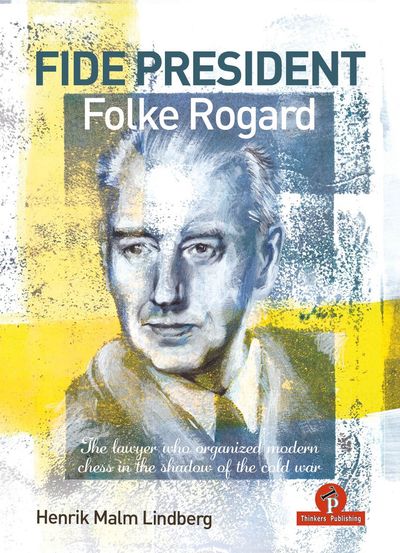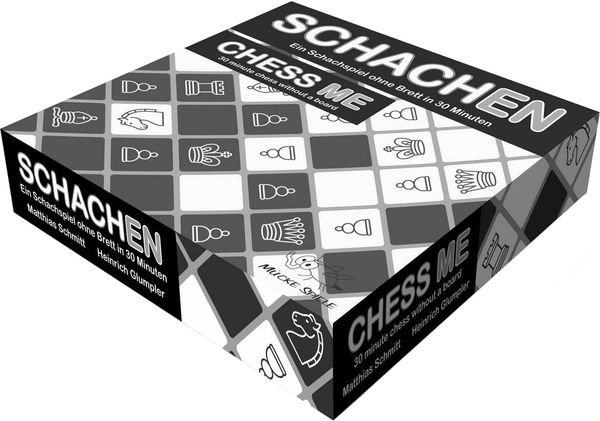- 1 x Stappenmethode: Werkboek Stap 4
- 1 x DGT Centaur Travel Bag
- 2 x The Chess Lover's Puzzle Book
- 1 x Backgammon Cassette, medium, Fourni
- 1 x The Safest Scandinavian Reloaded
- 1 x ChessGenius Exclusive
- 1 x Backgammon Cassette, ingelegd vilt, 53 cm
- 1 x DGT Pegasus Travel Bag
- 1 x Adapter voor ChessGenius Pro
- 1 x ChessGenius PRO
- 1 x DGT Pi Chess Computer
- 1 x A Practical White Repertoire with 1.d4 and 2.c4, vol. 1+2+3
- 1 x 1.d4 – Beat the Guerrillas!
- 1 x Stappenmethode: Werkboek Stap 5 extra
- 1 x Quality Base 2023
- 1 x Millennium ChessVolt
- 1 x DGT Centaur
- 1 x American Chess Magazine Issue 35
- 1 x Backgammon cassette, medium Syros
- 1 x Stappenmethode: Handleiding Stap 4
- 1 x A Cutting-Edge Gambit against the Queen’s Indian
- 1 x A nightmare for the Najdorf
- 1 x Stappenmethode: Werkboek Stap 5 mix
- 1 x Stappenmethode: Werkboek Stap 2 Vooruitdenken
- 1 x Schach Kalender 2024 A4
- 1 x The King Performance
- 1 x Stappenmethode: Werkboek Stap 5
- 1 x Backgammon Koffer, Zakynthos, medium
- 1 x Chessbase Magazine Extra (6 x keer per jaar een extra DVD)
- 1 x Stappenmethode: Werkboek Stap 4 mix
- 1 x Schach in Ostberlin 1945-1990
- 1 x Fritz - Your chess coach
- 1 x 2x Fabiano Caruana
- 1 x Used 40 Jaar Topschaak 1900-1940
- 1 x Millennium Chess Classics Element
- 1 x 1000 x Checkmates
- 1 x Stappenmethode: Opstapje 2
- 1 x Gear Ball
- 1 x Backgammon Chess Checkers
- 1 x Chess Tutor, Stap 3
- 1 x Informator Abonnement (4 x per jaar en incl. porto!)
- 1 x 100 Endgames You Must Know + Workbook
- 1 x 1000 Checkmate Combinations
- 1 x An attacking Repertoire with 1.d4 - Part 1 + 2
- 1 x Stappenmethode: Werkboek Stap 2 extra
- 1 x How to Win At Chess
- 1 x Millennium ChessLink
- 1 x Used Schakers
- 1 x Polar Cube
- 1 x Used Secrets of Chess Tactics
- 1 x Schaakcomputer: Karpov Schachschule
- 1 x Used SKA Mephisto-Turnier '91
- 1 x ChessBase Magazine Abonnement (6 x keer per jaar inc. DVD)
- 1 x Gideon Stahlberg - An Epoch in Swedish Chess, Volume I
- 1 x The 100 Tactical Patterns You Must Know Workbook
- 1 x The Two-Move Chess Problem
3,953.91€
Categories
Quick Find


